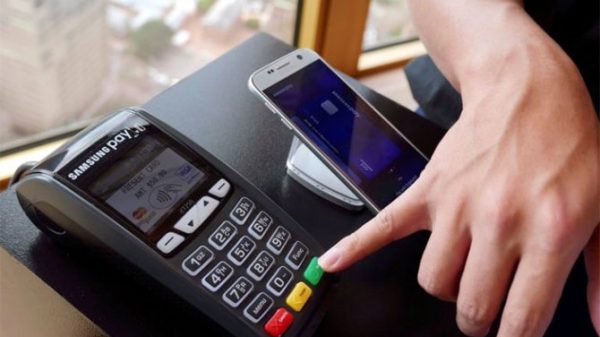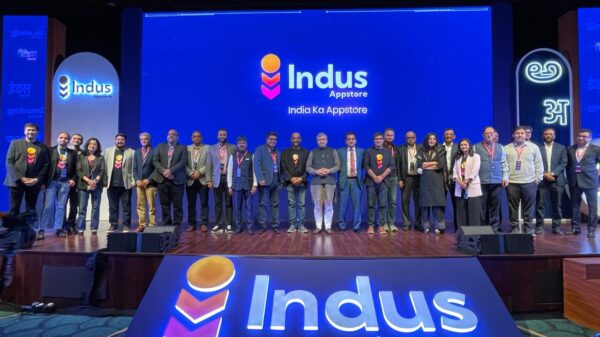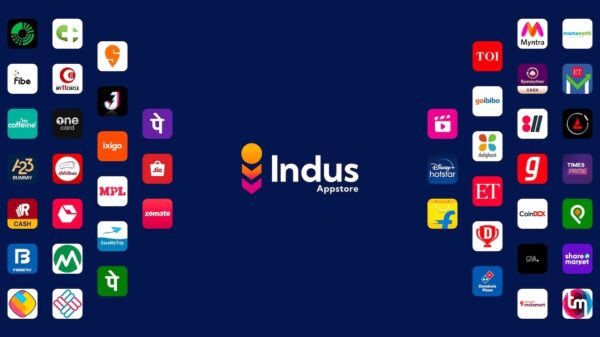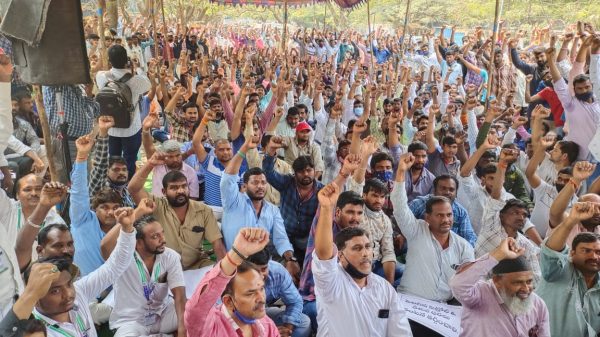While traditional lenders have historically ignored small businesses, merchants and some customer segments, payment players have banked on the swaths of data they have access to improve access to credit. This data provides banks and non-banking financial companies (NBFCs) with a better understanding of the borrowers' business incomes and appetite for credit. The majority of small-medium-enterprises (SMEs), local shops and merchants and some customer segments have traditionally been ignored by banks and NBFCs either due to distribution challenges or issues with credit risk. But in the last few years, a large number of SME, small merchants and new to credit customers have have been able to access formal credit thanks to payments companies and fintech lenders. According to payment company executives speaking at the Digital Lenders Association of India's 2021 Conclave, while considerable progress has been made in recent years by fintech lenders and credit marketplaces, there is still a long way to go. In particular, structural changes would need to take place for small businesses and new customer segments to get access to a larger share of the formal credit system. These changes could involve regulations for digital lending players in addition to payment companies and fintechs increasingly taking a share of the credit risk alongside their lending partners, they said. Rationale for entering lending "Traditional banks and NBFCs have not been able to underwrite SMEs very well. In the last one and a half years we have worked with financial institutions with whom we can co-create a credit…































